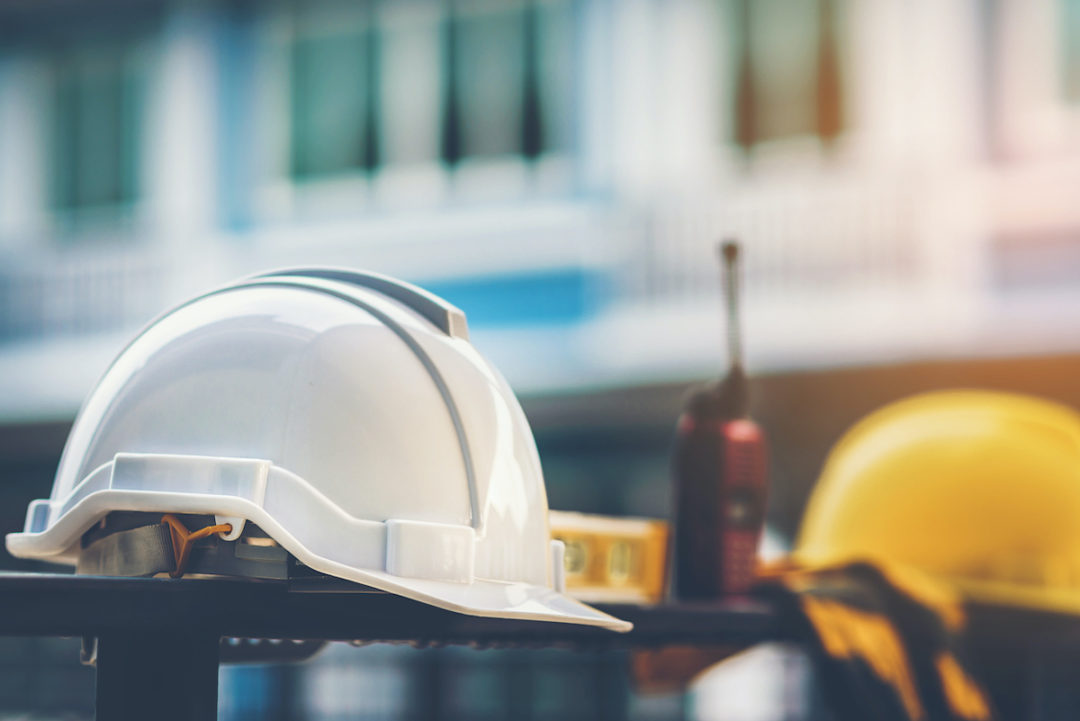
It’s impossible to put a price on safety at manufacturing and logistics facilities. World-class organizations know it’s directly tied to their ability to succeed.
To meet productivity metrics, workers need equipment that’s readily available and in good condition. And when that equipment is unsafe, the failure can’t be ignored. What’s more, creating a safety culture boosts morale and shows employees that you care about them.
Efforts to avoid on-the-job injuries go beyond the obvious. How do you prepare for an accident that hasn’t happened yet? Following are some tips to ensure that’s you’re not only protecting your employees from harm, but your company as well.
Prioritize daily per-shift safety checklists, and watch the utilization of your assets. Doing so provides greater assurance of associate welfare and legal protection, and enhances risk management. Make sure that you have a specific operator safety and OSHA-compliant checklist of all of the points you need to hit each quarter. This systemized approach is essential to becoming better regimented, and dedicated to compliance.
Implement preventive maintenance programs to improve the long-term health of your assets. Regular maintenance not only supports warranty claims, but ensures that you’re meeting OSHA requirements and keeping your equipment in safe and operational condition. In the event of a forklift accident, for instance, one of the first things to be examined is whether safety checklists were followed, and at what cadence. Records will also be scrutinized to make sure that the equipment has been cared for properly. Good maintenance keeps equipment in better operating condition throughout its life, while avoiding faulty parts and mitigating risk in the long term.
Incorporate a real-time feedback loop. There will come a day when you must notify managers about a noncompliant piece of equipment that shouldn’t be in use. It’s wise to create a communication system between employees who are managing the equipment and those in charge of making sure it’s at peak performance. Plan for how and to whom you’ll send this communication, to ensure that it’s done in a timely manner.
Incorporate reasonable safety telematics to reward achievements. The goal here isn’t to become the “big brother” of your facility, but instead to refocus energy on rewarding and reinforcing positive behavior. Create awards systems for operators achieving top safety metrics, possibly in the form of paid time off or gift cards celebrating their success. This approach not only recognizes the work of the operator, but creates a culture where safety is valued and rewarded.
Proper risk management involves two key elements: systemized safety programs and systematic planned maintenance. Through front-end consideration, you can instill your entire facility team with the confidence that comes from knowing that things are under control and working the way they should. And in the moments where something does go wrong, you have the tools to fix the problem before someone is injured. The more you create systemic solutions and tools for ensuring safety, the more you empower your team and set them up for success.
Tom Ryder is chief commercial officer at TFS.







